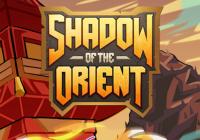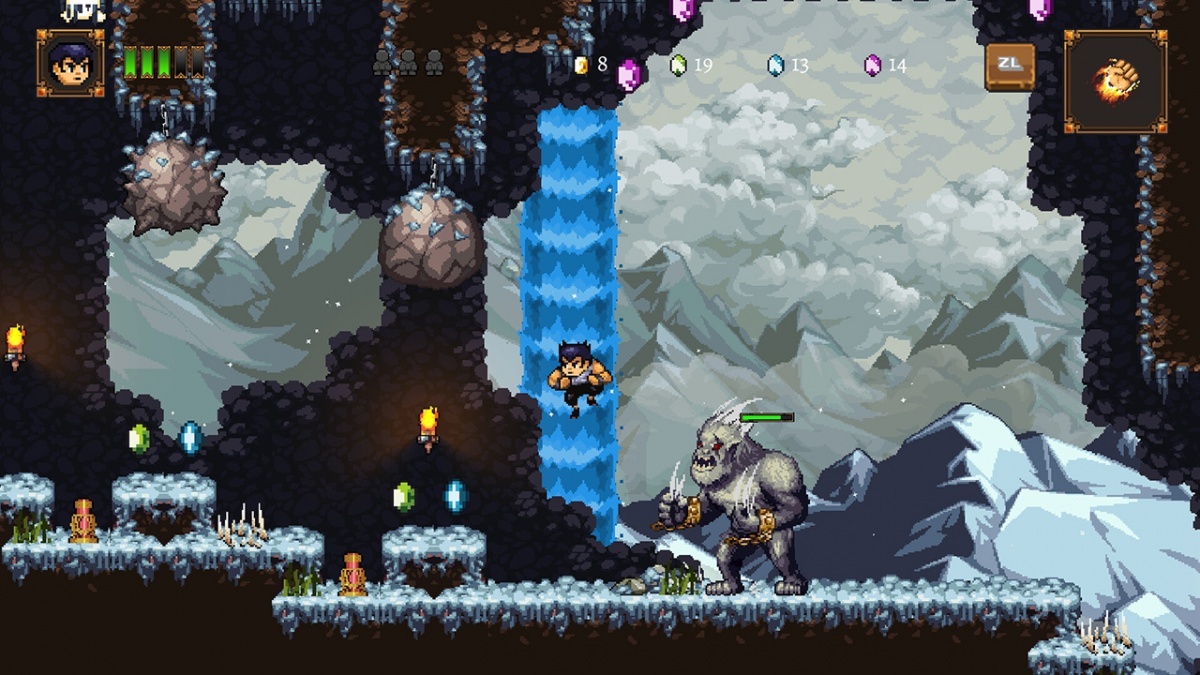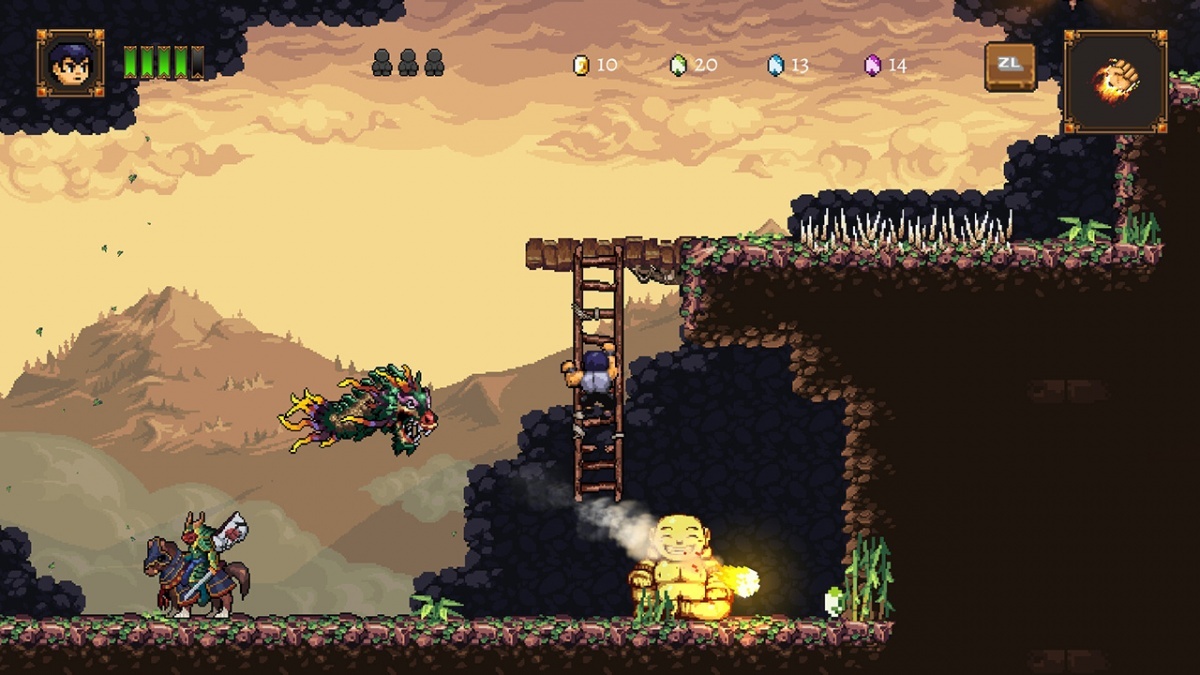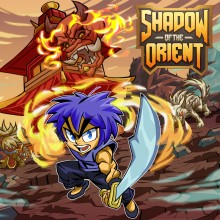Shadow of the Orient (Nintendo Switch) Review
By Coller Entragian  27.03.2025
27.03.2025

Modern platformers tend to lean on daring gamers to endure unbelievable challenges. It's safe to say that most of the time, the genre has become very difficult and the games have gotten longer due to embracing Metroidvania elements or rogue-like gameplay. Sometimes it's nice to return to the basics and enjoy the core essences of traditional action platforming. Not every game needs to reinvent the wheel. Refusing to change and embracing tradition can be as enjoyable as a refreshing reinvention. Tired of 20-hour-plus Metroidvanias? Shadow of the Orient may be for you!
Shadow of the Orient is as humble as a traditional action platformer can get. The story harkens back to simpler times of a guy trying to save a princess from a gang of evil samurai. No need to think about why the hero needs to go stick it to the invaders. The only thing that needs worrying about is making it to the end of tricky levels and maybe saving a few kids along the way.
Xiaolang is like a chunky little Bruce Lee. He's got capable martial arts and can pick up an axe or a sword. Other power-ups include a fireball attack, three-way knife throw, and even a barrier. His playability is solid and he has a weightiness to his physics that emphasise impact when he gets around and pummels huge, armoured samurai. Xiaolang is a competent platformer hero, but he won't set the world on fire. The sensibilities are strictly in the 16-bit era. The most technical aspect of Shadow of the Orient is the boulder and coin physics. Wall jumps and double jumping are deliberately restrained and have specific arcs to their execution.

This isn't a technical game; it's not something that should be rushed through. The gameplay fosters measured exploration and battle as emphasised by the cheeky traps implemented in the level design. While exploring, some optional areas can only be reached by performing feats that allow a narrow opportunity. Making a mistake means having to replay the entire stage for another chance. Xiaolang has to commit and dare to reach 100% completion in some stages. While these extras are optional, it always feels bad to be blindsided by a challenge and fumble it the first time.
The graphics look like something that might have been an early Super Nintendo Entertainment System title. There's a substantial use of black in the colour palette for contrast, making everything readable. Xialong looks like he came out of a Kunio game and the ninjas and samurai resemble exaggerated takes on bad guys from Shinobi on Mega Drive. It's a decent-looking platformer, if a bit generic.
The currency system can soften the difficulty for players who struggle in the later stages. Upgrades work as expected and it doesn't take long to fully max out Xiaolang's powers and stats. Shadow of the Orient is short but sweet, packing a moderately challenging platformer that most people can beat in a single sitting. The replay value is in achieving 100% and completing the speed runs. As competent and thoughtfully made as it is, it doesn't leave a lasting impression.

Cubed3 Rating
Very Good - Bronze Award

Shadow of the Orient is inoffensive and delivers exactly what it promises, which is, admittedly, not a lot. The gameplay is as classic as it gets and is priced appropriately for its content. It's a solid effort that doesn't do anything wrong apart from some dirty level design and leans on being a bit forgettable.

![]() 7/10
7/10
![]() 0
(0 Votes)
0
(0 Votes)
 Out now
Out now  Out now
Out now  None
None  Out now
Out now Comments
Comments are currently disabled

 Sign In
Sign In Game Details
Game Details Subscribe to this topic
Subscribe to this topic Features
Features





 Top
Top

